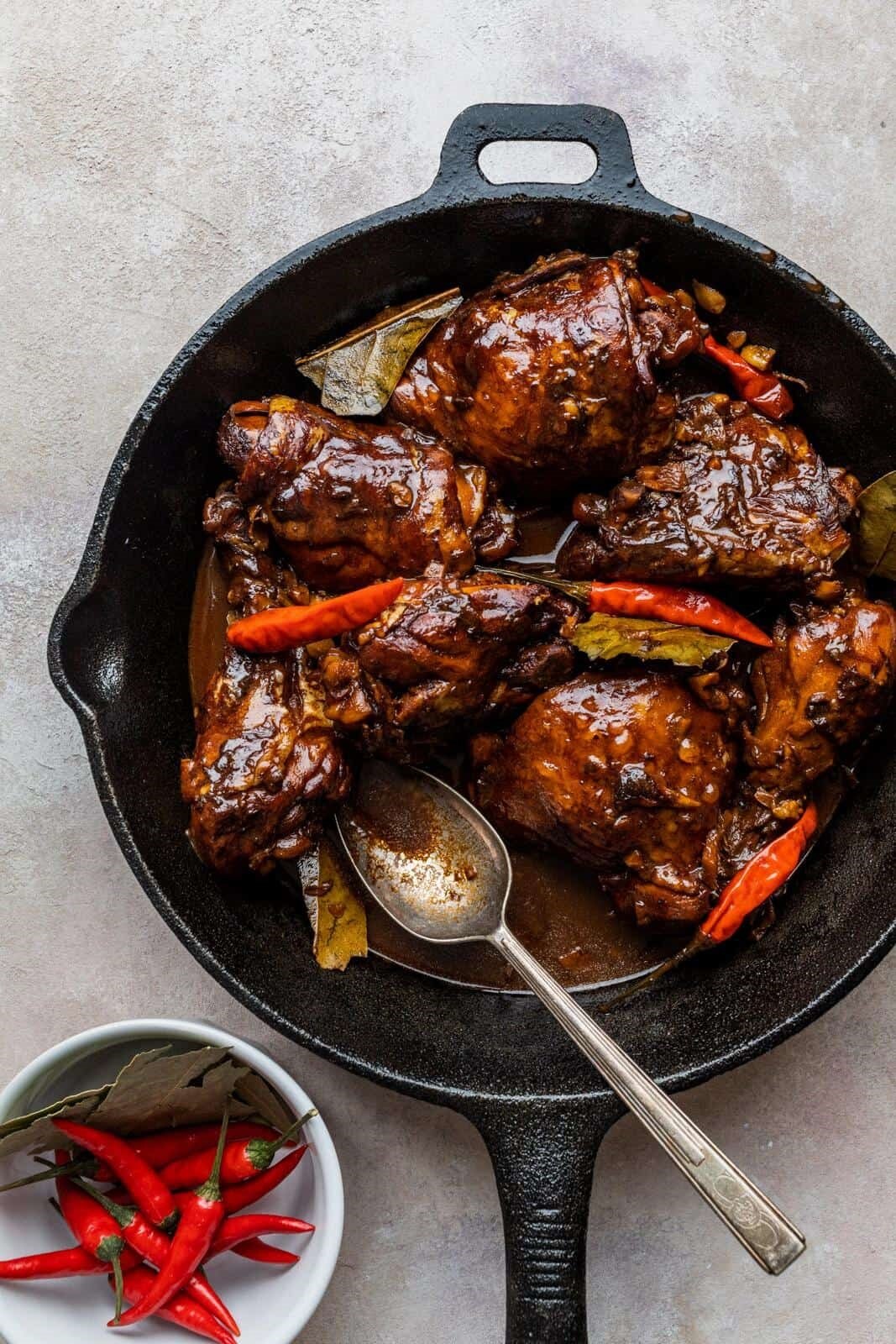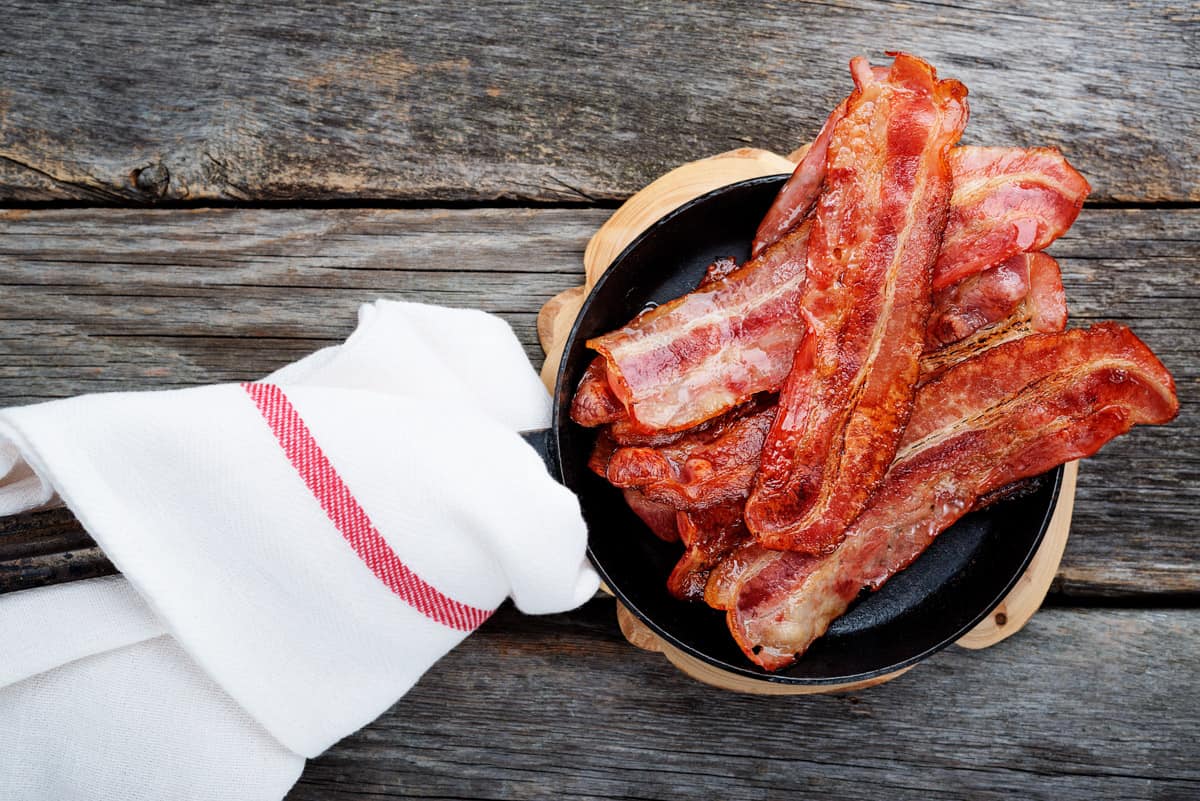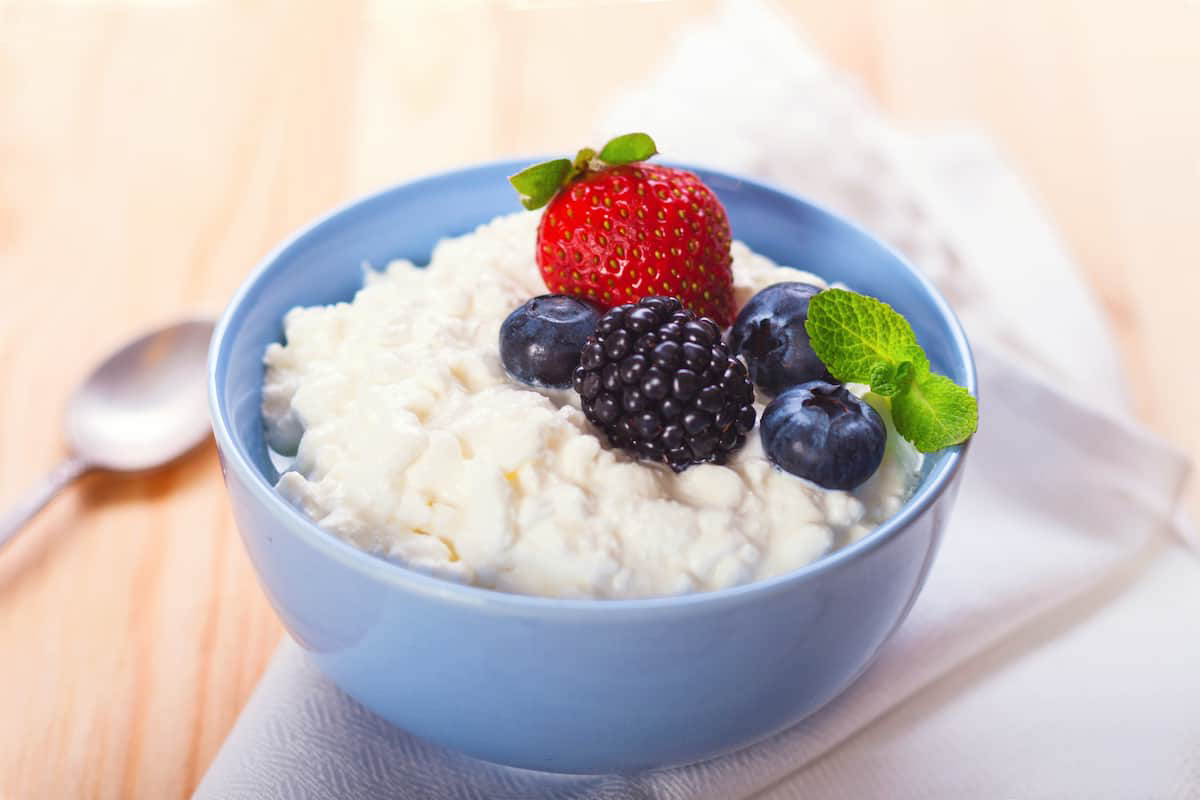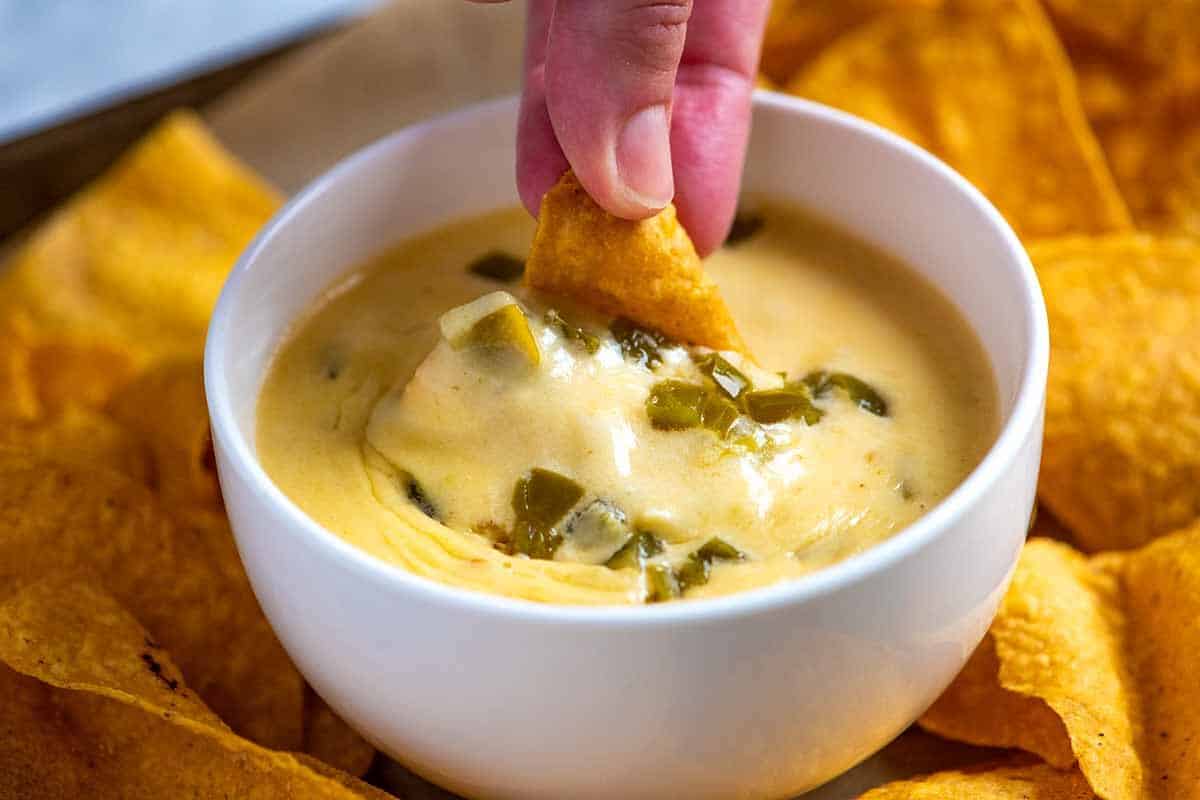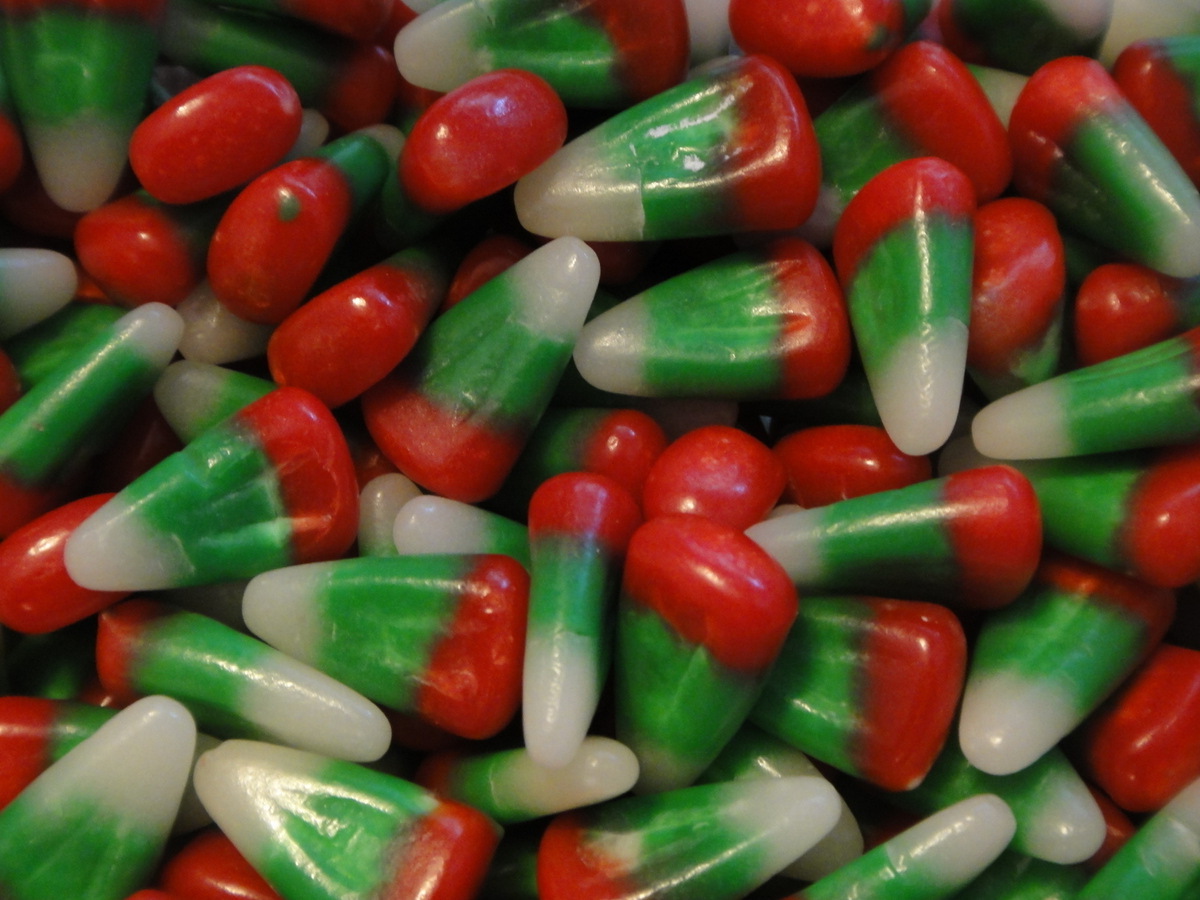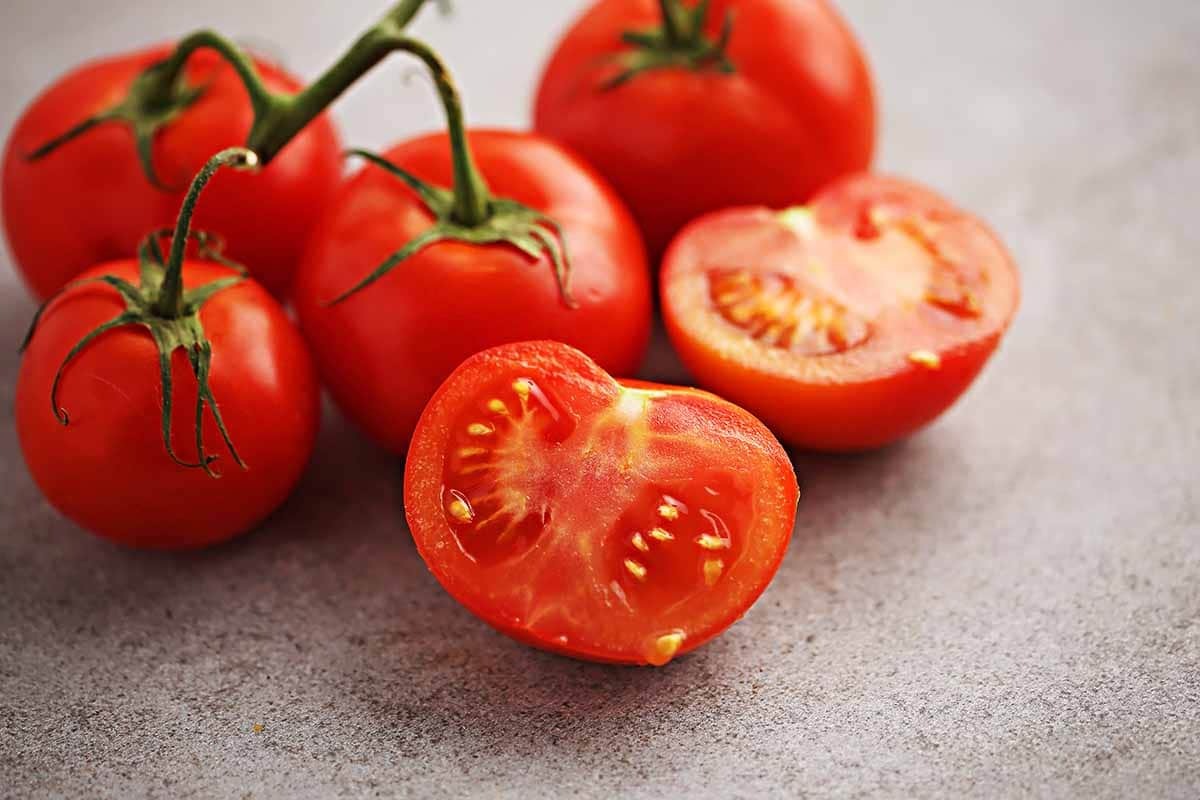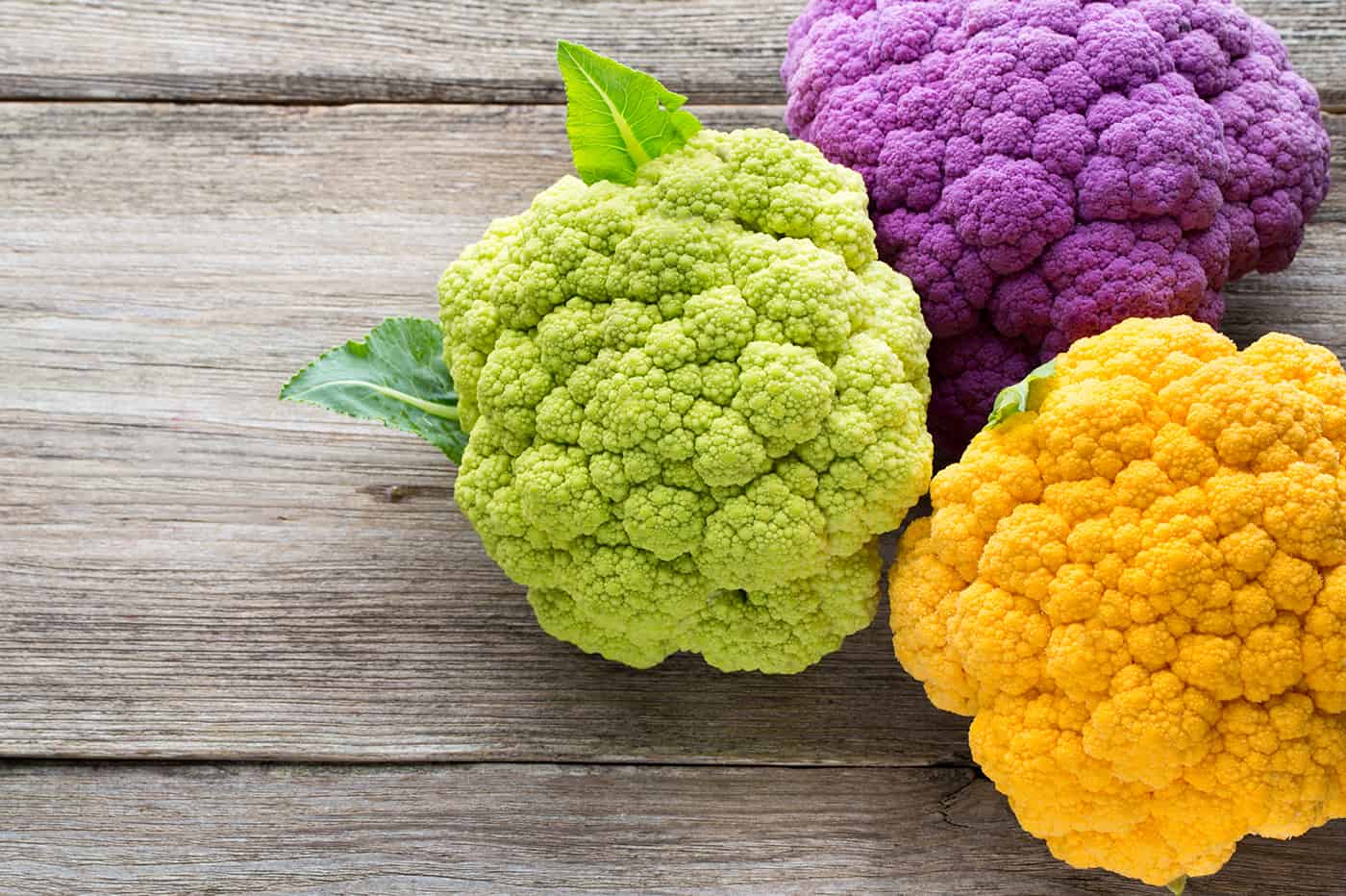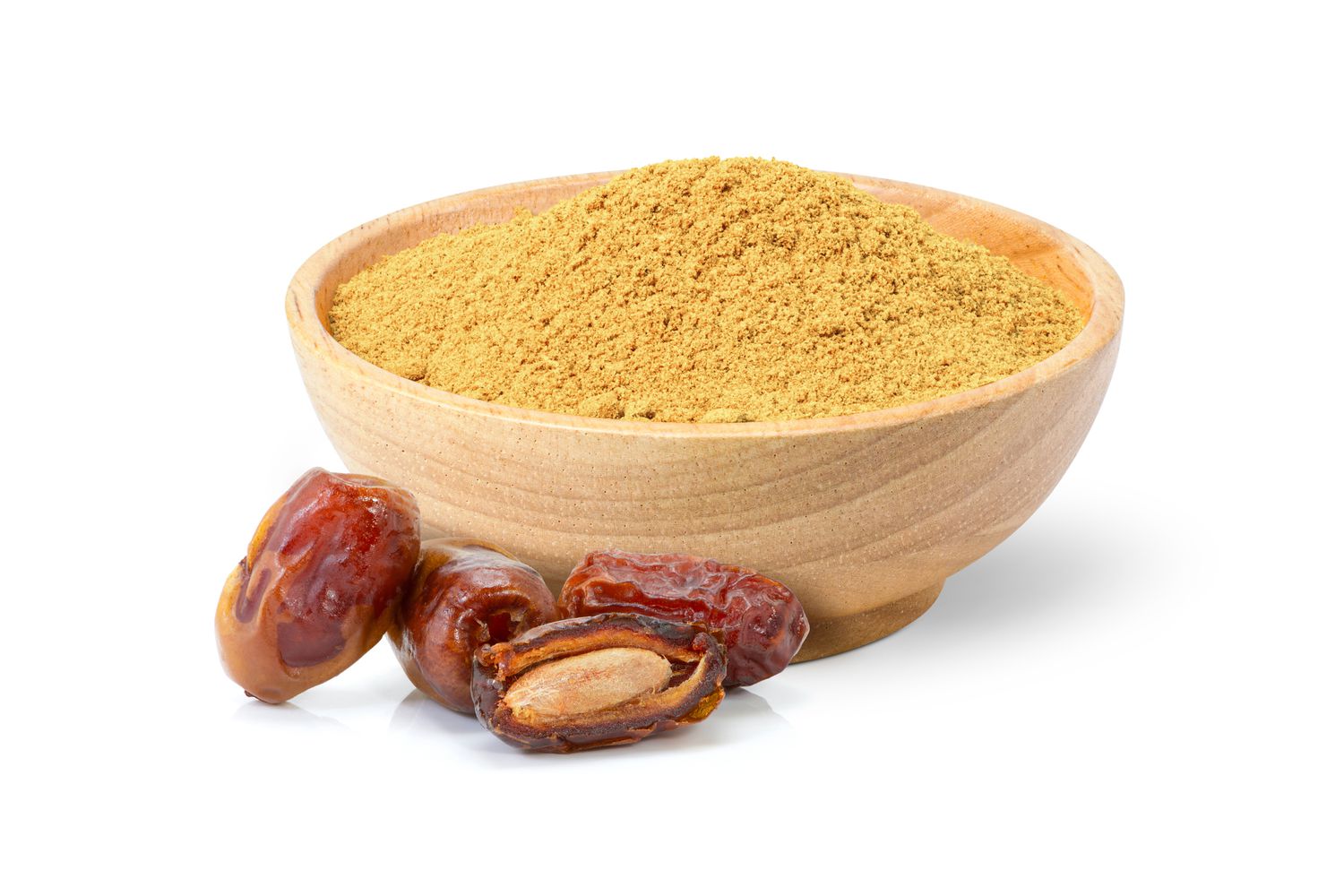Pico de Gallo vs. Salsa: Exploring the Differences
When it comes to Mexican cuisine, two popular condiments that often find their way onto the table are Pico de Gallo and Salsa. While they may appear similar at first glance, there are some key differences that set them apart. Let’s dive into the nuances of each to understand what makes them unique.
Pico de Gallo
Pico de Gallo, also known as salsa fresca, is a fresh and chunky salsa made from chopped tomatoes, onions, jalapeño peppers, cilantro, and lime juice. This vibrant and colorful condiment is known for its crisp texture and bright flavors. Here are some key characteristics of Pico de Gallo:
- Chopped Ingredients: Pico de Gallo is made with finely chopped tomatoes, onions, and cilantro, giving it a chunky and substantial texture.
- Raw Ingredients: Unlike cooked salsas, Pico de Gallo is made with raw ingredients, preserving their fresh and vibrant flavors.
- Mild Heat: While it contains jalapeño peppers, Pico de Gallo is generally milder in heat compared to other salsas.
- Refreshing and Crisp: The combination of fresh ingredients and lime juice gives Pico de Gallo a refreshing and tangy taste.
Salsa
Salsa, on the other hand, is a broader term that encompasses a wide variety of sauces in Mexican cuisine. It can range from smooth and liquidy to chunky and spicy, with countless regional variations. Here are some key characteristics of Salsa:
- Varied Texture: Salsa can have a smooth, blended texture or a chunky, diced texture, depending on the ingredients and preparation method.
- Cooked or Raw: While some salsas are made with raw ingredients, others involve cooking, which can alter the flavors and textures of the ingredients.
- Heat Levels: Salsas can vary widely in terms of spiciness, depending on the types and quantities of chili peppers used.
- Flavor Profiles: Salsas can be tangy, smoky, spicy, or sweet, depending on the ingredients and regional influences.
The Key Differences
So, what sets Pico de Gallo apart from Salsa? The primary differences lie in their texture, heat levels, and preparation methods. While Pico de Gallo is known for its chunky texture, mild heat, and use of raw ingredients, Salsa offers a wider spectrum of textures, heat levels, and flavor profiles, thanks to its diverse range of recipes and regional variations.
Whether you prefer the refreshing crunch of Pico de Gallo or the bold flavors of Salsa, both condiments add a delightful kick to Mexican dishes and beyond. Next time you’re enjoying some tortilla chips or topping your favorite tacos, take a moment to appreciate the unique qualities of Pico de Gallo and Salsa, and savor the rich culinary heritage they represent.
In conclusion, while Pico de Gallo and Salsa share some common ingredients, their differences in texture, heat, and flavor make each of them a distinct and beloved addition to Mexican cuisine. So, the next time you’re at a Mexican restaurant or preparing a homemade meal, you’ll have a deeper understanding of the nuances between these two flavorful condiments.
Was this page helpful?
Read Next: What Is Life Cuisine
